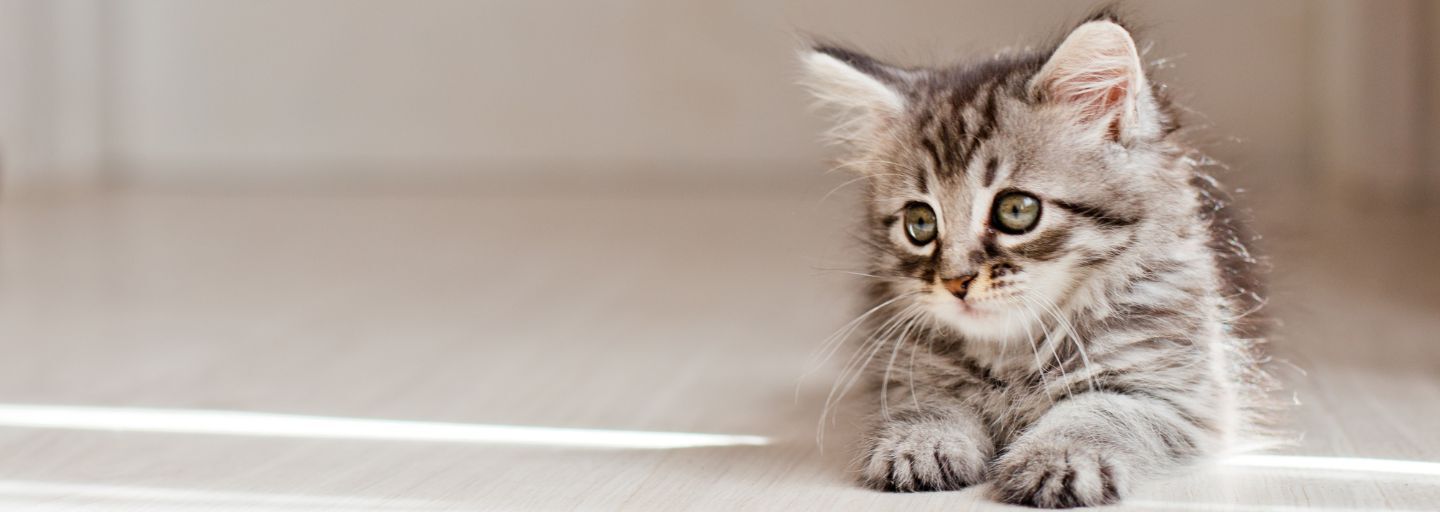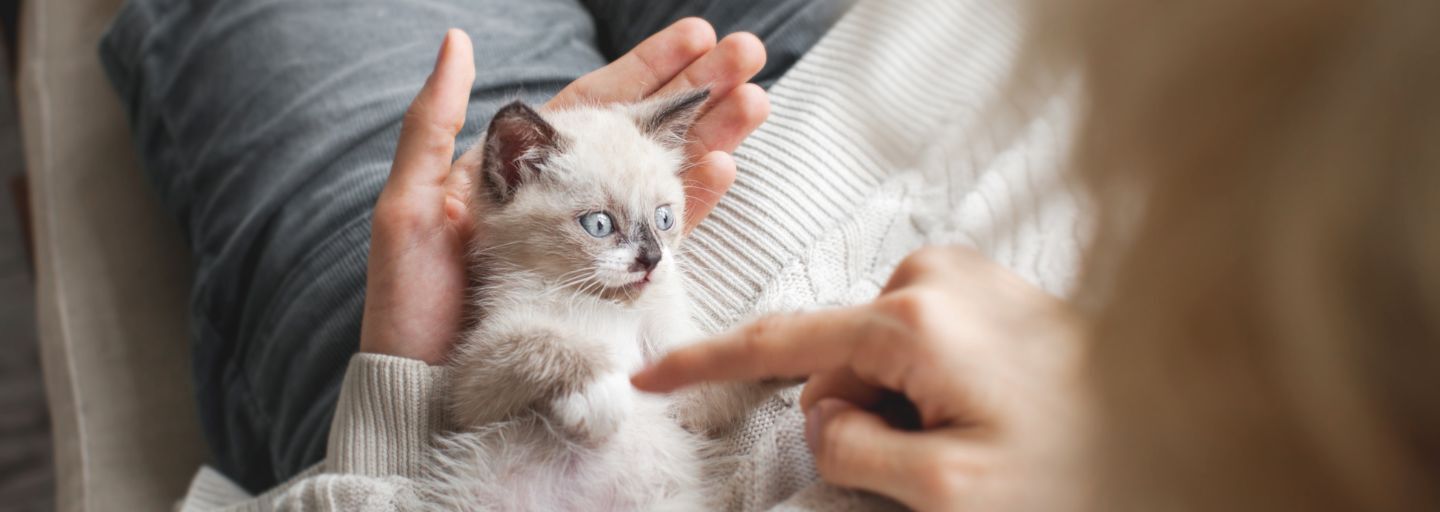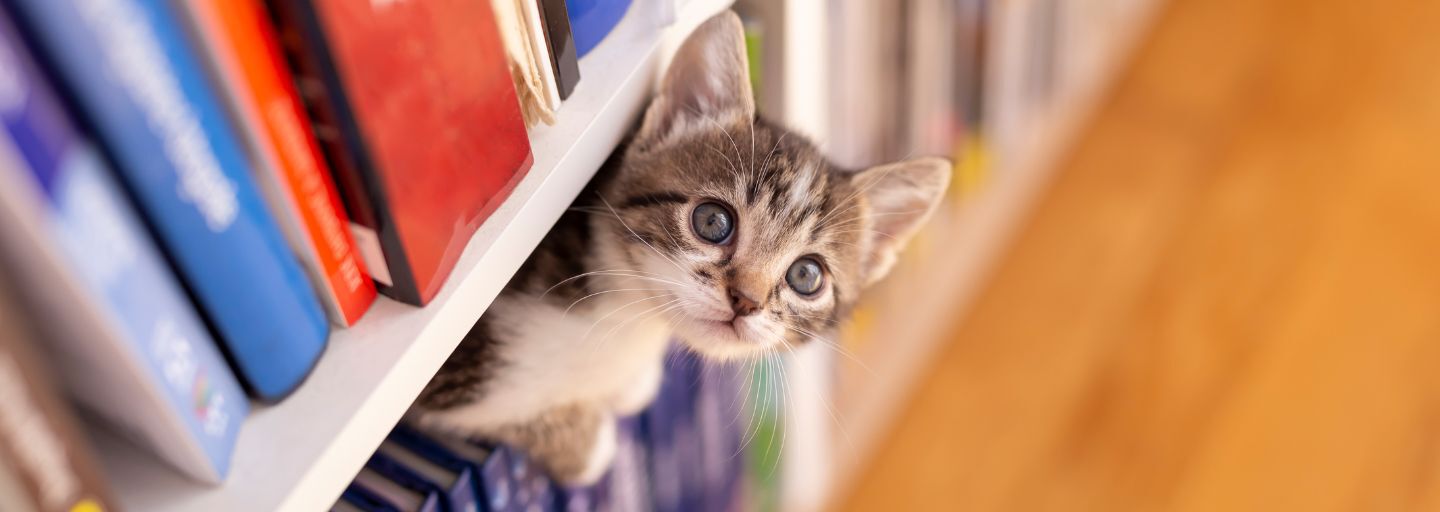Identifying separation anxiety in kittens can be more challenging than in dogs. However, teaching your kitten to be comfortable alone is essential for their well-being and can contribute to a happier relationship between you and your furry friend. Here are some tips to enhance your understanding of and approach to kitten separation anxiety:
Recognising Separation Anxiety in Kittens
Unlike dogs, kittens with separation anxiety may not exhibit obvious signs such as howling, baying, or destructive behaviour like chewing on doors and windowsills. Their distress is often more subtle. One clue to identify if your kitten is experiencing separation anxiety is if they are urinating inappropriately inside your house. This behaviour can be a manifestation of their anxiety and stress when left alone.
Training Kittens to Be Alone
It is best to start training kittens to be comfortable alone from an early age. This helps them develop self-confidence and independence. Here are some steps to follow:
Create a Safe Space
Designate a room or area in your home that you can kitten-proof. Remove any potential hazards and provide a comfortable environment with a litter box, food, water, toys, and a cozy bed. This space will serve as their safe haven when you are not around.
Gradual Introductions
Begin by leaving your kitten in their designated space for short periods of time while you are still at home. This allows them to become familiar with being alone in a controlled environment. Start with just a few minutes and gradually increase the duration as they become more comfortable.
Positive Reinforcement
Associate the time spent alone with positive experiences for your kitten. Before leaving, provide them with interactive toys, treats, or puzzle feeders to keep them engaged and mentally stimulated. This helps create a positive association with being alone.
Gradually Increase Alone Time
As your kitten becomes more accustomed to being alone in their designated space, gradually extend the duration of their alone time. Start with short intervals and gradually increase them over time. Monitor their behaviour and adjust the duration based on their comfort level.
Enrichment and Distraction
To alleviate boredom and anxiety, provide your kitten with plenty of toys, scratching posts, and interactive play sessions when you are present. This helps keep them mentally and physically stimulated, reducing the likelihood of separation anxiety.
Seek Professional Help if Needed
If your kitten continues to exhibit signs of severe separation anxiety, such as excessive vocalization, destructive behaviour, or persistent inappropriate urination, it is advisable to consult with a veterinarian or a professional animal behaviourist. They can provide guidance and develop a tailored plan to address your kitten's specific needs.
It is important to approach the training process with patience and consistency, as every kitten is unique and may require different amounts of time to overcome separation anxiety. By creating a safe and stimulating environment for your kitten, you are providing them with the necessary tools to develop confidence and independence. Gradually increasing their alone time allows them to become more comfortable and secure in their own space. This not only helps alleviate separation anxiety but also fosters a stronger bond between you and your furry companion. Remember, the journey to overcoming separation anxiety may take time, but with your love and support, your kitten can thrive and enjoy a happier and healthier relationship with you.
Health Information: The information on our website is intended to impart general nutrition and health information, and is not intended for diagnostic or treatment purposes. Purina is not engaged in rendering veterinary advice or services and always recommend consulting a qualified veterinarian for veterinary advice or services.



